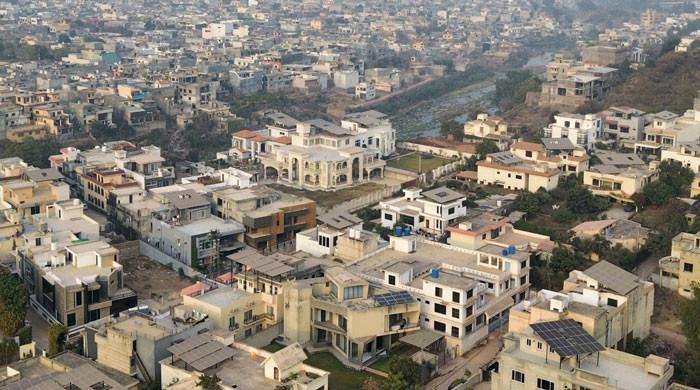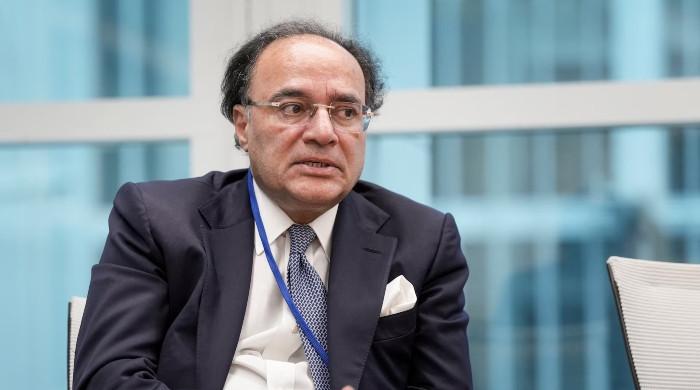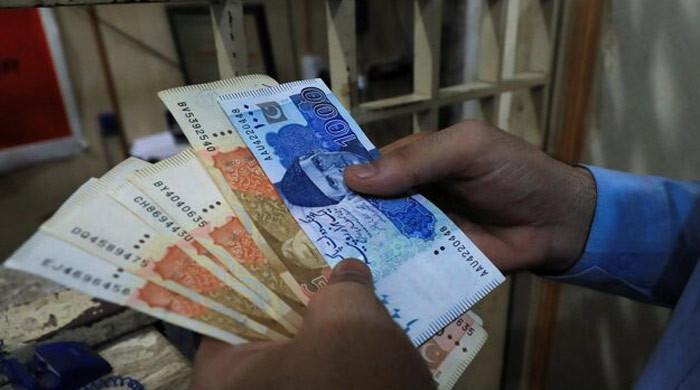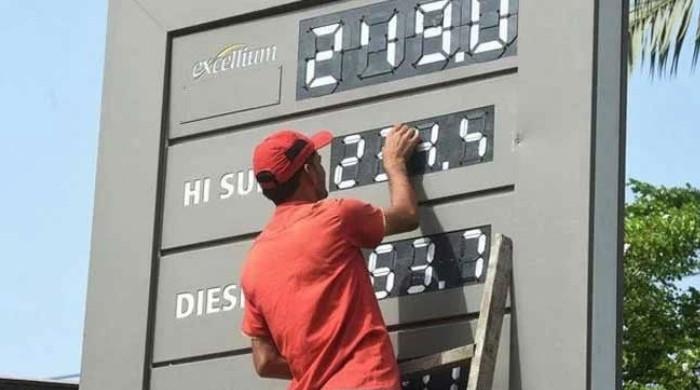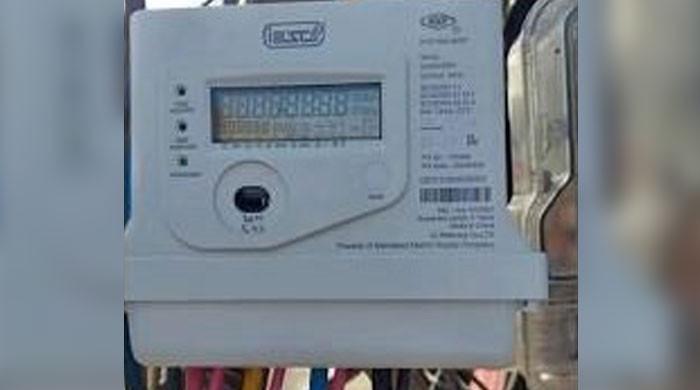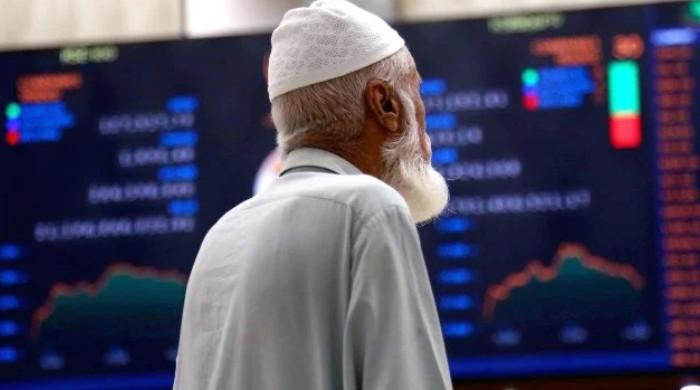Pakistan GDP growth to slow down to 2.7 percent in FY2019-20: World Bank
Consumer prices in Pakistan rose by 8.2% from February 2018-2019, the highest rate in South Asia: World Bank report
April 07, 2019
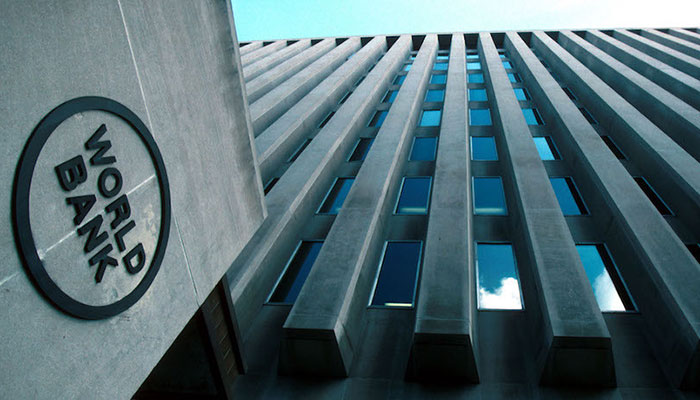
Pakistan’s GDP growth is projected to slow down to 3.4 percent in fiscal year 2018-19, from 5.8 percent a year before, and to 2.7 percent in FY2019-20, reflecting a broad-based weakening in domestic demand as monetary and fiscal policies have been tightened to contain macroeconomic imbalances, the World Bank said in a report.
In its latest edition of the “South Asia Economic Focus, Exports Wanted”, the World Bank cited macroeconomic imbalances, reflected in large fiscal and current account deficits, as the reason behind the projected slowdown in Pakistan’s GDP growth.
“In Pakistan, external account pressure reduced international reserves to USD 6.6 billion (1.3 months of goods and services import coverage) by mid-January 2019. With short-term financing from the Kingdom of Saudi Arabia, the United Arab Emirates and China, international reserves increased to USD 10.5 billion (2.0 months of goods and services import coverage) at the end of March. Meanwhile, the government continues to negotiate a support package with the International Monetary Fund,” the report stated.
“The current account deficit continued to widen but stabilized over the course of last year and it stood at 5.2 percent of GDP in the fourth quarter of 2018. The current account deficit reached 8.8 USD billion (3.3 percent of GDP) at the end of February 2019, compared to 11.4 USD billion (3.7 percent of GDP) the year before.”
Regarding inflation, the report observed, “In Pakistan core inflation steadily rose throughout 2018, mostly due to currency pressures which made imported final and intermediate goods more expensive. It reached 8.3 percent (year over year) in December of last year, the highest value since January 2015... Consumer prices increased despite a strong decline in food prices.
“Inflation increased owing to exchange rate depreciation, demand side pressures and higher fuel prices. Consumer prices rose by 8.2 percent from February 2018 to February 2019, the highest rate in South Asia. Average inflation reached 7.0 percent in the period between October 2018 and February 2019, compared to 4.1 percent in the same period last year.”
“Pakistan’s currency has continued to depreciate against its trading partners over the last six months. Pakistan’s real effective exchange rate, which is the average of its currency in relation to an index of other major currencies weighted by their relative trade shares and adjusted for inflation differentials, depreciated by nearly 5.5 percent from October 2018 to March of this year. The depreciation against its trading partners increases the price competitiveness of Pakistan’s exports in international markets and makes imports more expensive. Over time, such an adjustment of relative prices is needed if policies are put in place to improve the trade balance,” the World Bank stated.
Growth is expected to recover to 4 percent in FY21 as structural reforms take effect and macroeconomic conditions improve. Remittances flows are likely to support the current account balance next year. A more stable external environment will also support a pickup in economic activity starting from FY21. The trade deficit is projected to remain elevated during FY19, but to narrow in FY20 and FY21 as the impacts of currency depreciation, domestic demand compression, and other regulatory measures to curb imports set in, the report added.
“Pakistan’s growth must be driven by investment and productivity, which will put an end to the boom and bust cycles that affect the country every few years,” said Illango Patchamuthu, World Bank Country Director for Pakistan. “It is entirely possible for Pakistan to transform its regulatory environment and reduce the cost of doing business. On the revenue front, reforms to improve tax administration and widen the tax base are critical. Over the adjustment period and beyond, actions outlined in the recently announced Ehsaas Program can protect the poor and vulnerable through social safety nets and safeguarding public spending on health and education.”




